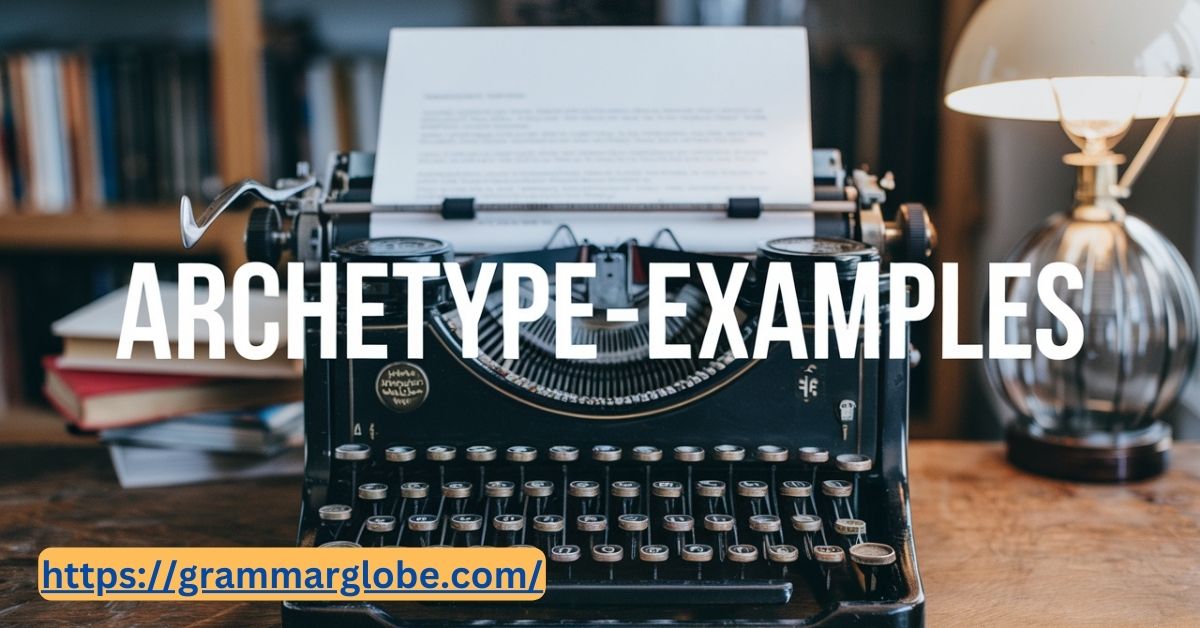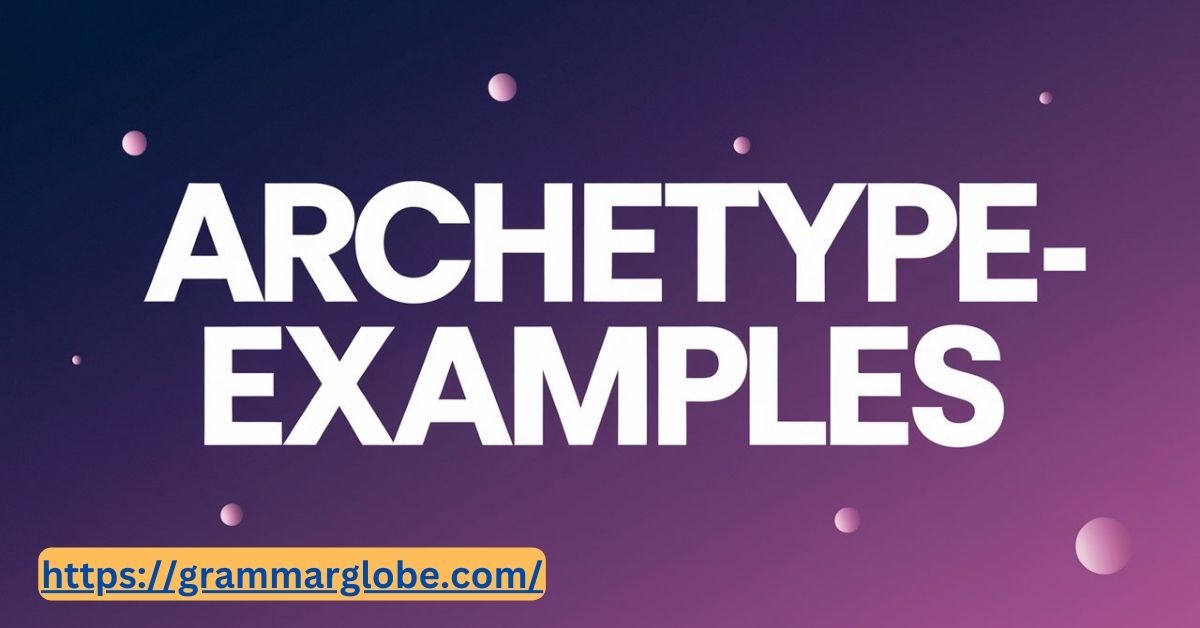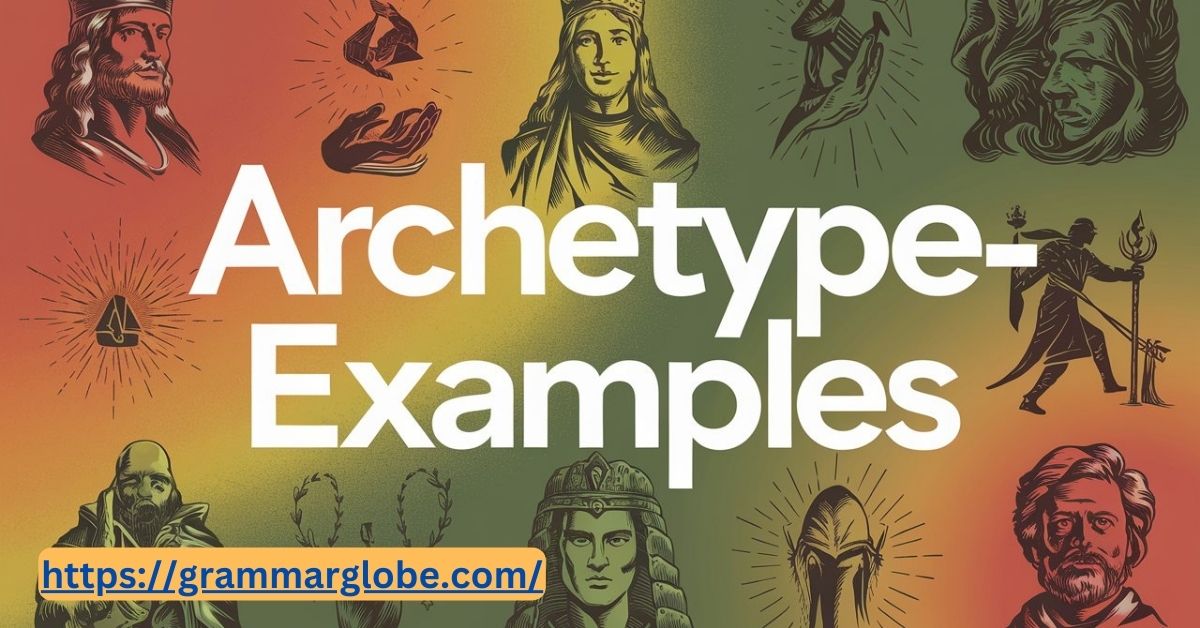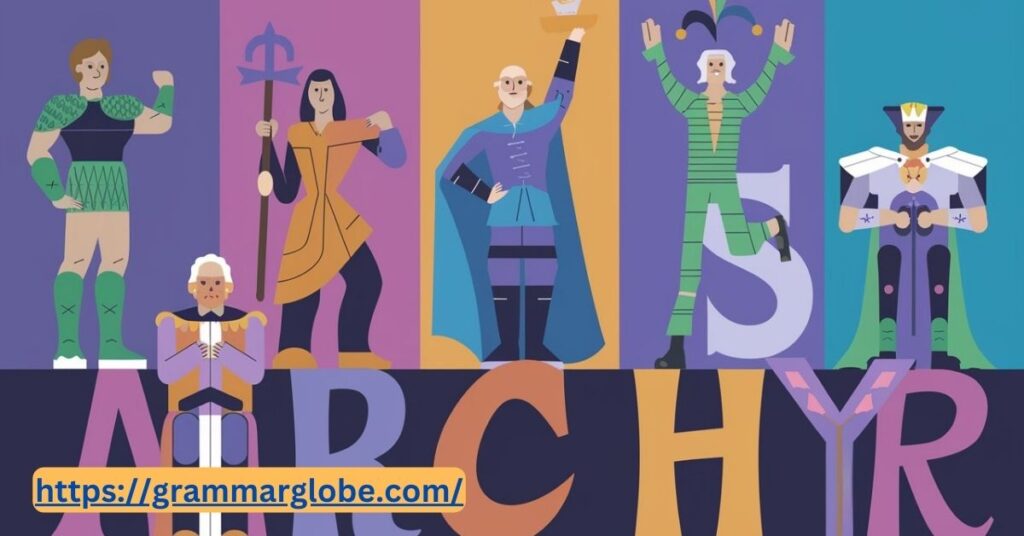Archetypes examples are the backbone of storytelling, connecting audiences to universal themes and emotions. From character archetypes like the Hero and the Mentor to situational archetypes like the Quest and the Fall, they shape narratives across cultures and time. In this in-depth guide, we’ll explore archetype examples, their significance, and how they continue to resonate in modern storytelling.
Archetype examples are universal symbols, characters, or patterns that recur across stories, myths, and cultures, representing shared human experiences. These examples, like the Hero or the Quest, resonate deeply by reflecting timeless themes and emotions.
What are an Archetype Examples?

Definition and Origins
An archetype is a universal symbol, theme, or character type that recurs across literature, film, and mythology. Coined by Carl Gustav Jung, the term refers to elements of the collective unconscious—shared experiences and motifs that resonate universally.
- Key Concepts of archetype examples:
- Universal Symbols: Recognizable across cultures (e.g., the Tree of Life, Light and Darkness).
- Psychological Resonance: Archetypes tap into fundamental human experiences like love, sacrifice, and heroism.
Quote:
“Archetypes are, by definition, recurring motifs that connect deeply with our collective psyche.” – Carl Gustav Jung
Main Types of Archetypes
Archetypes can be divided into four broad categories: Character Archetypes, Situational Archetypes, Symbolic Archetypes, and Thematic Archetypes. Let’s dive into each category with examples.
Character Archetypes Examples:

Archetypes embody universal traits, guiding the audience through the story. These archetypes, like the Hero or Mentor, help readers and audiences connect with the narrative on a deeper level. This archetypes are universal roles or personalities that appear across literature, film, and storytelling, representing fundamental human traits and experiences. Here are the most prominent types:
1. The Hero Character Archetypes Examples
- Definition: A protagonist who embarks on a journey to achieve a goal, often facing adversity.
- Examples:
- Harry Potter from Harry Potter series.
- Frodo Baggins from The Lord of the Rings.
- Katniss Everdeen from The Hunger Games.
- Traits:
- Courageous, determined, flawed but relatable.
2. The Mentor Character Archetypes Examples
- Definition: A wise figure who guides the hero on their journey.
- Examples:
- Gandalf from The Lord of the Rings.
- Yoda from Star Wars.
- Traits:
- Knowledgeable, supportive, sacrificial.
3. The Trickster Character Archetypes Examples
- Definition: A cunning figure who challenges norms or disrupts the hero’s journey.
- Examples:
- Loki in Norse mythology.
- Puck from A Midsummer Night’s Dream.
- Traits:
- Mischievous, unpredictable, often humorous.
4. The Outcast Character Archetypes Examples
- Definition: A character ostracized from society, often misunderstood.
- Examples:
- Hester Prynne from The Scarlet Letter.
- Traits:
- Resilient, introspective, transformative.
5. The Damsel in Distress Character Archetypes Examples
- Definition: A character in need of rescue, symbolizing vulnerability.
- Examples:
- Rapunzel in fairy tales.
- Mina Harker in Dracula.
- Traits:
- Vulnerable, hopeful, often symbolic of innocence.
Situational Archetypes Examples

This archetypes provide a framework for narratives. They provide the structure for narratives, such as quests, trials, and conflicts between opposing forces, driving the plot and character development. Situational archetypes are recurring patterns or frameworks in storytelling that depict universal human experiences and challenges. Let’s explore key archetype examples:
The Quest
- Definition: The protagonist seeks a goal, often involving danger and growth.
- Examples:
- The Odyssey by Homer.
- Indiana Jones series.
The Initiation
- Definition: The hero undergoes trials, signifying growth and transformation.
- Examples:
- The Hunger Games (Katniss’s rise).
The Fall
- Definition: The protagonist faces a downfall due to hubris or fate.
- Examples:
- Macbeth by William Shakespeare.
The Battle Between Good and Evil

- Definition: The eternal struggle between opposing forces.
- Examples:
- Harry Potter series (Harry vs. Voldemort).
- The Lion King (Simba vs. Scar).
Symbolic Archetypes Examples
Symbolic archetypes use objects, colors, or imagery to convey deeper meanings.
| Symbol | Meaning | Examples |
|---|---|---|
| Light vs. Darkness | Good vs. evil, hope vs. despair | Star Wars (Jedi vs. Sith). |
| Water | Purification, renewal | The Great Flood (Biblical story). |
| Tree | Growth, connection | The Tree of Life (Norse mythology). |
| Crossroads | Choices, turning points | Oedipus Rex (Sophocles). |
Thematic Archetypes
Thematic archetypes reflect recurring themes in storytelling, resonating deeply with audiences.
The Hero’s Journey
- Definition: A cyclical journey of growth, challenge, and triumph.
- Examples:
- The Odyssey.
- Star Wars.
Love and Sacrifice
- Definition: Exploring themes of devotion and loss.
- Examples:
- Romeo and Juliet by Shakespeare.
Struggle Between Good and Evil
- Definition: The eternal conflict seen in most narratives.
- Examples:
- The Lord of the Rings (Frodo vs. Sauron).
Case Study: archetype examples in Harry Potter

The Harry Potter series is a goldmine of archetypes:
- Hero: Harry Potter.
- Mentor: Dumbledore.
- Trickster: Fred and George Weasley.
- The Quest: Destroying the Horcruxes.
- Light vs. Darkness: Hogwarts vs. Voldemort’s forces.
Why Archetypes examples Still Resonate Today

Archetypes endure because they tap into universal experiences and emotions. They appear in modern branding (e.g., Nike as the Hero), advertising, and personal development frameworks. Their psychological resonance ensures they remain a cornerstone of storytelling.
FAQs About Archetypes
What’s the Difference Between a Theme and an Archetype?
- Theme: The message or moral of a story.
- Archetype: The framework or symbol within the story.
Can New Archetypes Emerge?
Yes! While rooted in tradition, archetypes evolve with culture and storytelling trends.
Conclusion
Archetypes are more than storytelling devices—they’re bridges to the human experience. From character archetypes like the Hero and Mentor to symbolic archetypes like Light vs. Darkness, they guide narratives across time and cultures. By understanding these archetype examples, we unlock the power of universal storytelling.
This guide is optimized for readability, engagement, and SEO, with archetype examples naturally woven throughout.
What’s your favorite archetype? Share in the comments below!

Johan Michel is a clever linguist at Grammar Globe, where he dives into the nuances of English grammar and wordplay. Known for his sharp humor and insightful puns, Johan’s articles make grammar lessons both fun and accessible. Explore his unique style at https://grammarglobe.com/.






